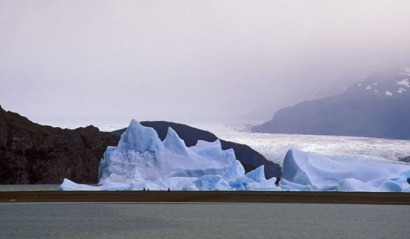
The scope of the bank's commitment is outlined in a 59-page climate action plan designed to help less developed nations meet global warming goals they set last December in Paris.
The private-sector arm of the international financial organization plans to increase its $2.3 billion-a-year spending on fighting climate change to $3.5 billion a year by 2020. Officials hope to spur $13 billion a year in similar private investments.
The release of the Climate Change Action Plan comes just two weeks before world leaders officially sign the Paris Agreement in New York. As part of the Paris process, 140 countries working with the Bank Group lodged national climate plans, known as Nationally Determined Contributions, or NDCs.
“Following the Paris climate agreement, we must now take bold action to protect our planet for future generations,” said World Bank Group President Jim Yong Kim.
“We are moving urgently to help countries make major transitions to increase sources of renewable energy, decrease high-carbon energy sources, develop green transport systems, and build sustainable, livable cities for growing urban populations. Developing countries want our help to implement their national climate plans, and we’ll do all we can to help them,” Kim said.
If enacted in full, the plan will bring 30 GW of renewable energy to at least 40 countries.
“If we don’t act, climate change threatens to drive 100 million more people into poverty in the next 15 years,” said John Roome, Senior Director for Climate Change at the World Bank Group. “The Action Plan will allow us to help developing countries more quickly, and in the areas where support is most needed, such as disaster preparedness, social protection, and coastal protection.”
The World Bank Group said it spends about $10.3 billion a year on climate, which is slated to rise to $16 billion a year by 2020.
For additional information:

